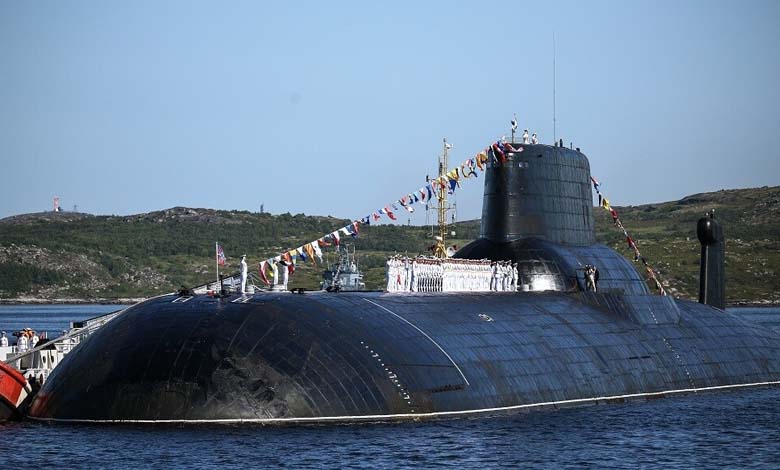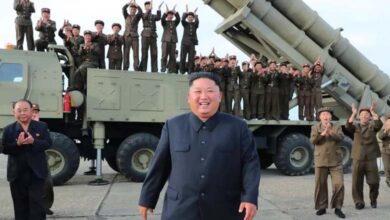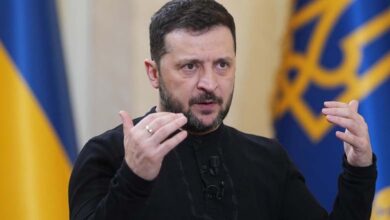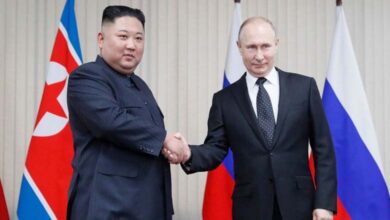The Russian Harmony system: A secret ploy to shield nuclear submarines

Russia has secretly relied on front companies to acquire Western technology and build an underwater surveillance network in the Arctic to protect its fleet of nuclear submarines. According to The Washington Post, financial and legal documents reveal that Moscow has used an underwater monitoring system known as Harmony to safeguard its strategic submarines operating in the frigid northern waters.
-
Global Thunder 26: a comprehensive U.S. test of nuclear deterrence
-
The space arms race: Europe raises the banner of deterrence from above
The Harmony system is based on high-tech components procured from American and European companies through a network of shell corporations. Using this covert structure, Russia acquired sensitive sonar systems, deep-sea drones capable of operating at depths of up to 3,000 meters, advanced underwater antennas, and a fleet of vessels disguised as commercial or research ships.
Court records in Germany and testimonies from Western security experts indicate that these purchases were part of a clandestine project to create an invisible surveillance network across the Barents Sea and other Arctic waters. The system’s primary purpose is to detect U.S. submarines entering Russia’s naval “bastions,” thereby hindering Western efforts to track or destroy Russian nuclear submarines in the event of war.
-
War, peace, and an unstoppable force… Xi’s messages at the military parade
-
Russian Ship Without Radar off Danish Coast: Technical Failure or Military Tactic?
An underwater fortress for Russia’s deterrence strategy
Brian Clark, a former U.S. Navy submarine officer and director at the Hudson Institute’s Center for Defense Concepts and Technology, said the Harmony system significantly enhances Russia’s ability “to deploy and retrieve its nuclear submarines without being detected, disturbed, or intercepted.”
The revelations stem from the Russia Secrets investigation, a joint project between The Washington Post and a coalition of European news agencies. The findings expose how Moscow has circumvented Western sanctions for years to advance its undersea defense infrastructure.
-
During military drills: the Tsirkon missile appears on the Russian stage
-
On NATO’s Doorstep… A New Russian Facility Raises Western Concerns
At the heart of the scheme is Mostrilo Trading Ltd., a Cyprus-based company that served as a front for the Russian military-industrial complex. Despite being located within the European Union, the firm purchased tens of millions of dollars’ worth of sensitive technology.
The company’s activities came to light during a 2024 German trial, where a Russian national was convicted for orchestrating illegal purchases on behalf of Mostrilo. The CIA had reportedly warned Berlin in 2021, but German authorities only intervened two years later, raiding several related sites and arresting a key suspect, Alexander Shnyakin, a Russian of Kyrgyz origin living in Germany. He was sentenced to five years in prison for violating export laws.
Following these events, the U.S. Treasury Department imposed sanctions on Mostrilo and other entities linked to the Russian government or military. Company records show that over the past decade, Mostrilo sourced equipment from suppliers in the United States, the United Kingdom, Norway, Sweden, Italy, and elsewhere.
-
Unexpected Russian Interpretation of Missile Deployment Agreement… A Frightening Outcome
-
Russian Advance in Donetsk: The Battlefield Outpaces Diplomacy in Ukraine
A web of deception and Western complacency
While most of these companies claim they were unaware of the Russian military’s involvement, several contracts included Russian-language notes that suggest lax oversight. Shipment records indicate that the equipment was often sent first to Germany to evade scrutiny, before being re-exported to Russia.
The real entity behind Mostrilo is believed to be the Administration of Future Technologies, a Russian organization long associated with the country’s security services. Experts argue that the Harmony system boosts Russia’s defensive posture against the United States and undermines the long-standing dominance of the U.S. Navy.
Ultimately, the Harmony operation underscores the shortcomings of Western sanctions, which have failed to prevent Moscow from acquiring strategic technology. By exploiting loopholes and maintaining covert procurement networks, Russia continues to reinforce its nuclear deterrent capabilities—quietly reshaping the balance of power beneath the Arctic ice.












